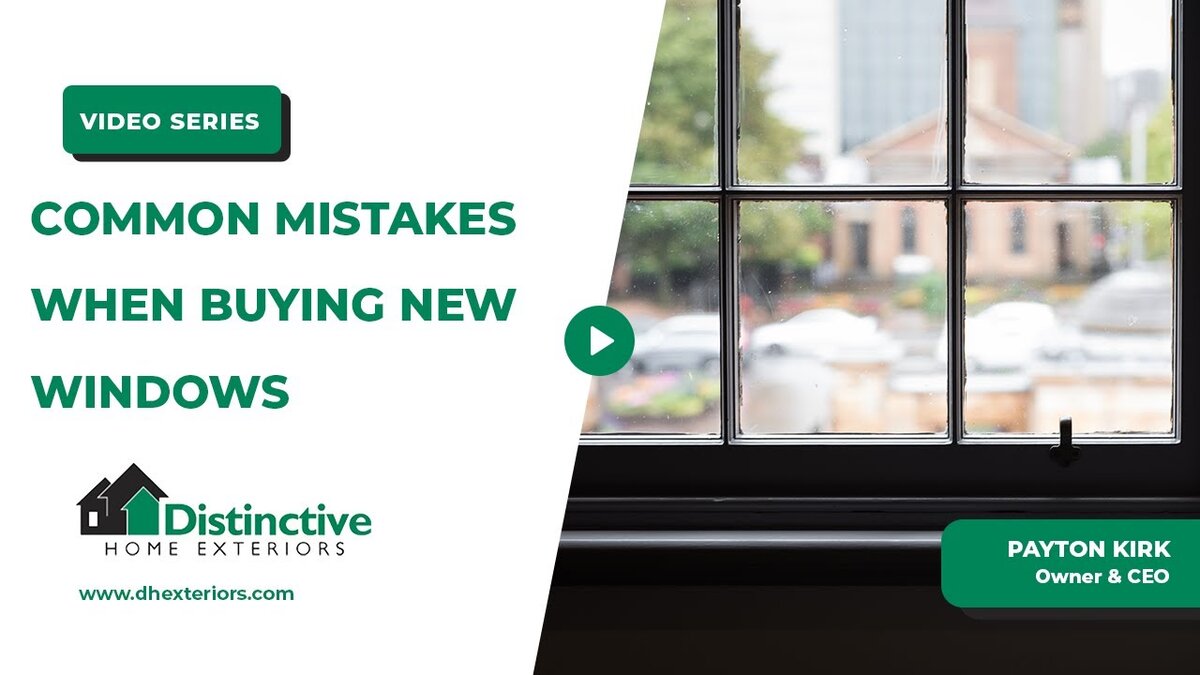Preserving the charm and character of a historic home is a unique challenge and privilege. One of the most critical aspects of maintaining these architectural treasures is selecting the right siding options. Not only does siding protect your home from the elements, but it also plays a vital role in preserving its historical authenticity. The process, however, isn’t as simple as picking a material; it involves working within guidelines set by historical societies and finding a siding option that balances aesthetics, durability, and compliance.
In this post, we’ll guide you through the considerations, challenges, and best practices for choosing siding options for historic homes.
Understanding Historical Society Guidelines
The first and most important step in selecting siding for a historic home is understanding the rules set by the local historical society. These guidelines dictate what materials and styles are acceptable for your specific property. Interestingly, these requirements can vary significantly even within the same neighborhood.
For example:
- A property managed by a county-level historical society may have different rules than one overseen by a city committee.
- Homes just a street apart could fall under entirely different jurisdictions with unique expectations for maintaining historical integrity.
It’s critical to schedule a meeting with the historical society managing your property. During this meeting, ensure your contractor is present to align on what’s allowed, what’s not, and how to achieve your goals while staying compliant.
Common Siding Materials for Historic Homes
When it comes to historic homes, not all siding materials are created equal. Here are the most commonly approved options:
1. Wood Siding
- Why It Works: Wood is often the top choice for historic homes because of its natural look and authenticity. It can closely mimic the original siding used when the home was built.
- Considerations: Maintenance can be a challenge with wood. Regular painting and sealing are required to keep it looking its best and to protect it from rot and pests.
2. Fiber Cement (e.g., Hardie Board)
- Why It Works: Fiber cement offers the flexibility to replicate historical aesthetics with less maintenance than wood. It can mimic wood grain while offering superior durability.
- Considerations: Fiber cement is a great option for homeowners who want a balance between historical accuracy and modern convenience.
3. Vinyl and Metal Siding (Limited Use)
- Why It Works: While not commonly approved, some vinyl or metal sidings with a small lap reveal, like a 3-inch profile, may meet historical society guidelines in certain cases.
- Considerations: Vinyl and metal products often lack the authentic appearance of wood or fiber cement, making them less likely to be approved.
Best Practices for Choosing Siding Options
Choosing the right siding for a historic home requires careful planning and communication. Here’s how to ensure a smooth process:
1. Understand the Rules Early
- Meet with the historical society before making any decisions.
- Obtain a written list of approved materials and styles.
2. Communicate with Your Contractor
- Share the historical society’s guidelines with your contractor upfront.
- Ensure your contractor has experience working on historic properties.
3. Set Up a Joint Meeting
- Organize a meeting between the historical society and your contractor.
- Clarify any questions about what can and cannot be done to avoid costly mistakes.
How Technology Has Expanded Siding Options
Thanks to advances in manufacturing technology, homeowners have more options than ever for replicating historical aesthetics. Modern wood and fiber cement products can closely mimic the textures and profiles of 100- to 150-year-old siding, making it easier to meet historical society standards without sacrificing durability.
Even some vinyl and metal products have improved, offering profiles that align with the aesthetic requirements of historic homes. However, these options are less common and often subject to stricter scrutiny.
The Importance of Collaboration
Collaboration is key when tackling a siding project for a historic home. Clear communication between you, your contractor, and the historical society ensures the project adheres to guidelines and preserves the unique character of the home. When everyone is aligned, the result is a home that maintains its historical charm while being protected for future generations.
In Summary
Selecting siding options for historic homes requires careful consideration of historical society rules, material suitability, and contractor expertise. By choosing the right materials and fostering open communication, you can preserve the beauty and authenticity of your historic home.
At Distinctive Home Exteriors, we specialize in addressing these complexities and delivering siding solutions that enhance and protect historic homes. Contact us today to discuss your project and learn how we can help you bring your vision to life.





